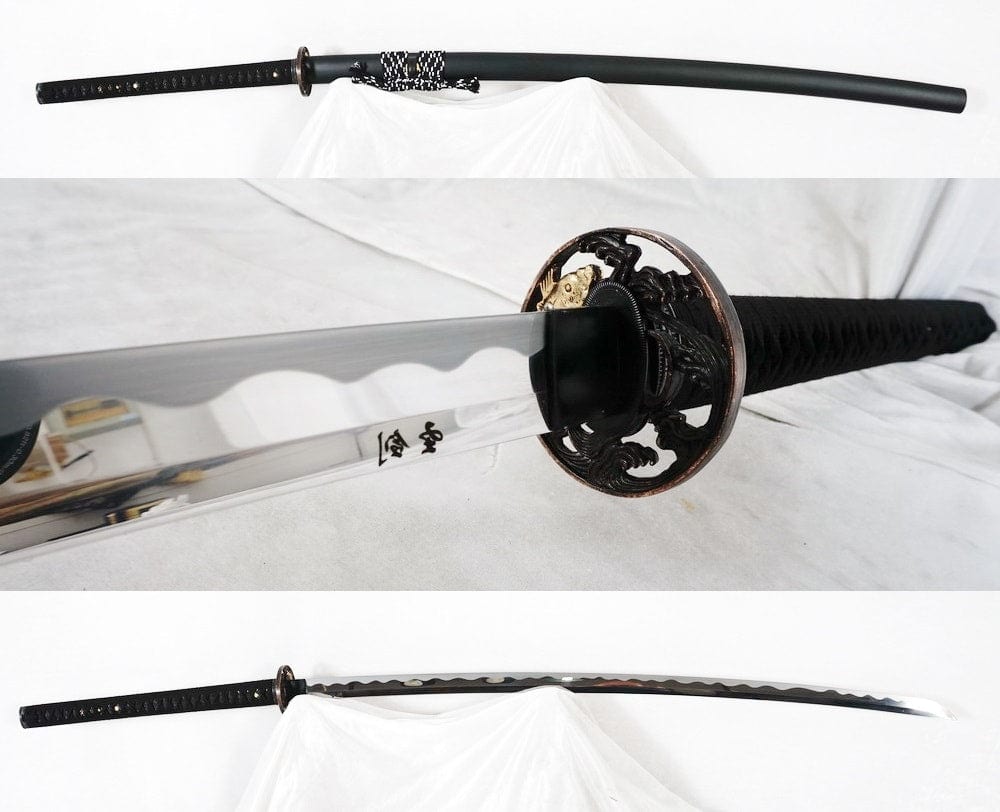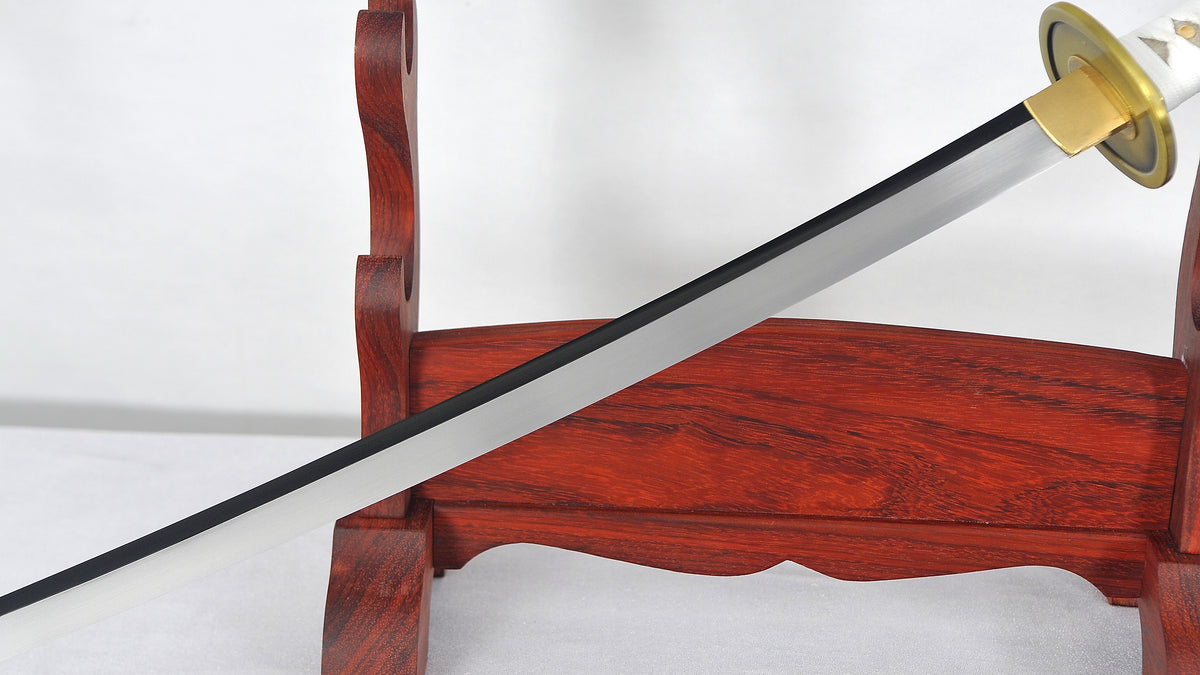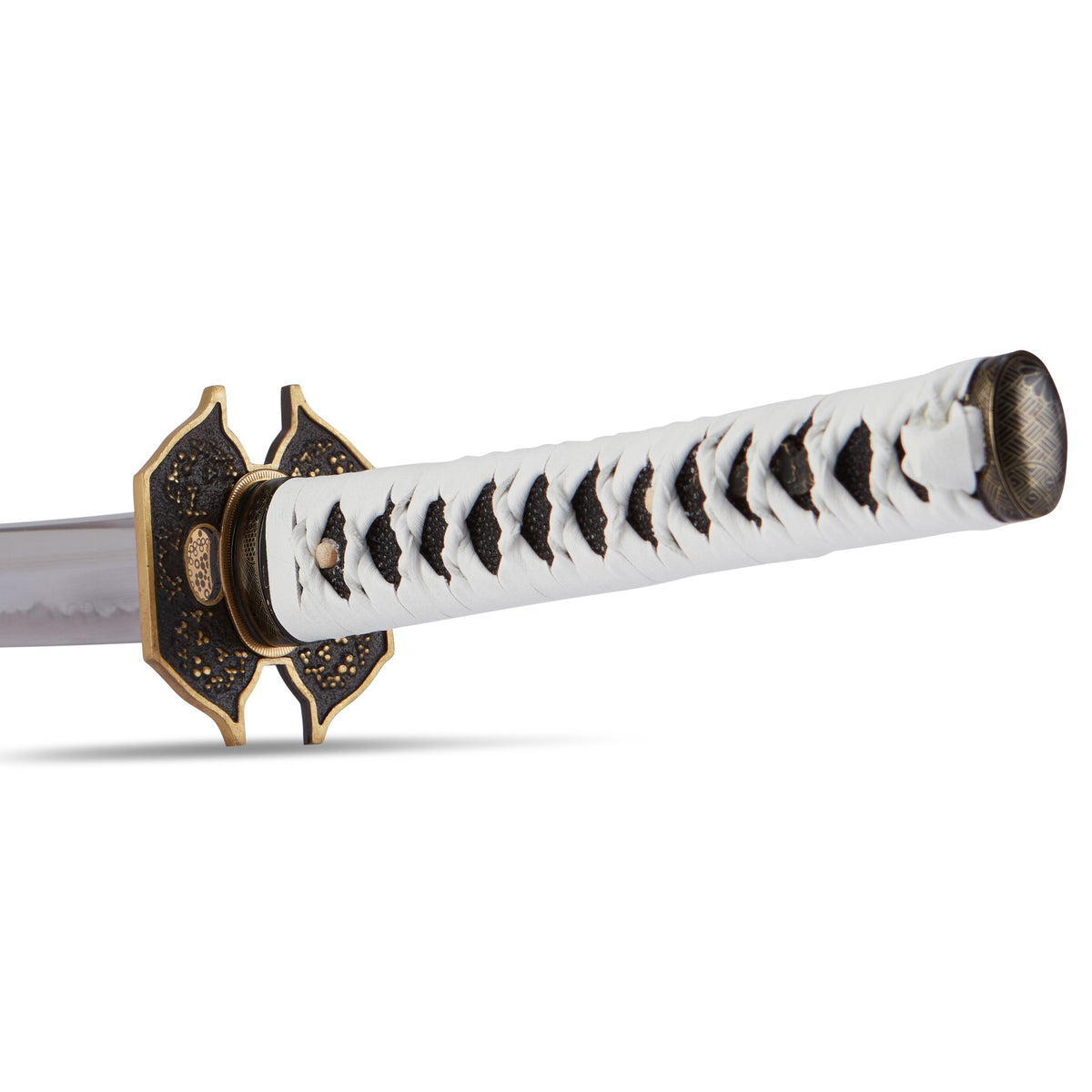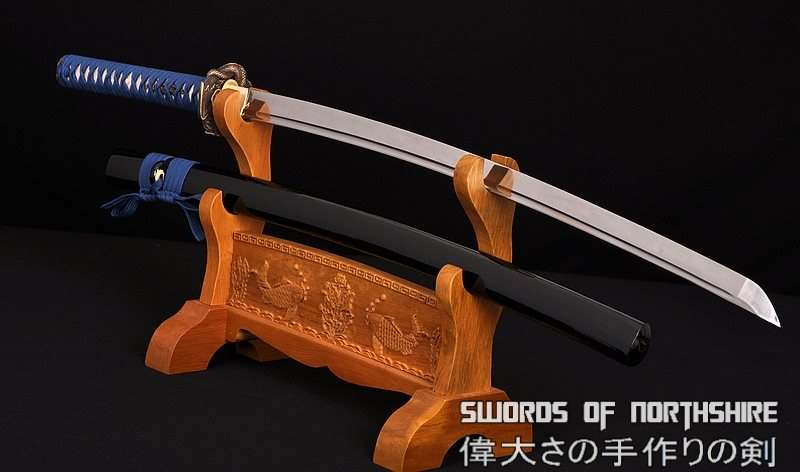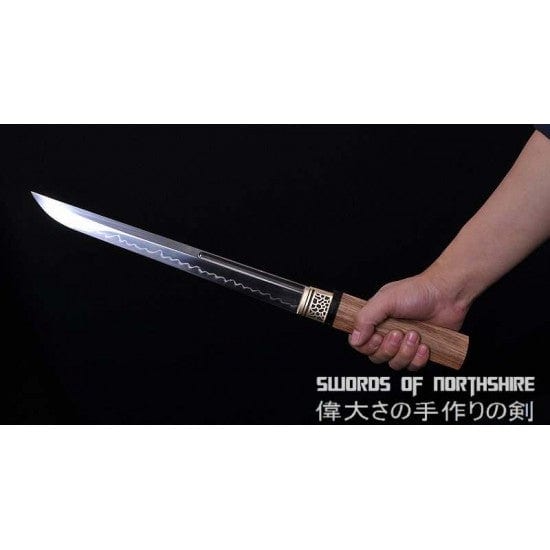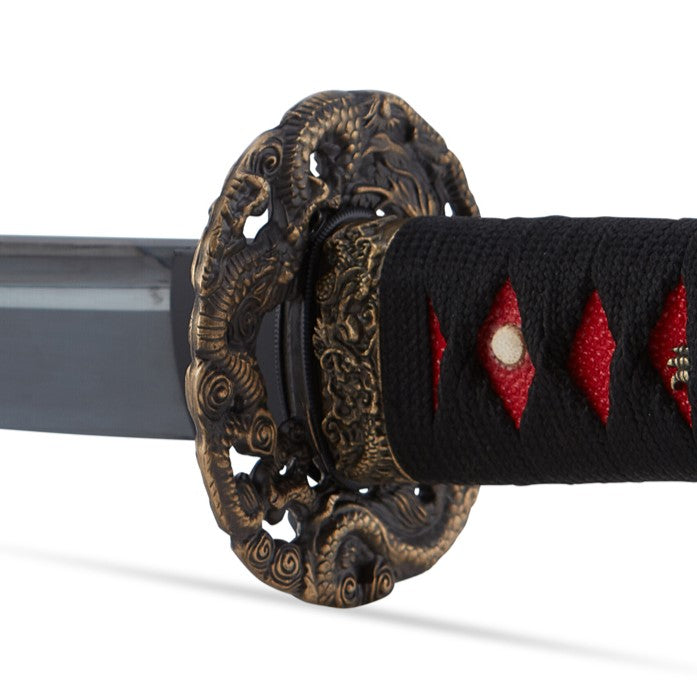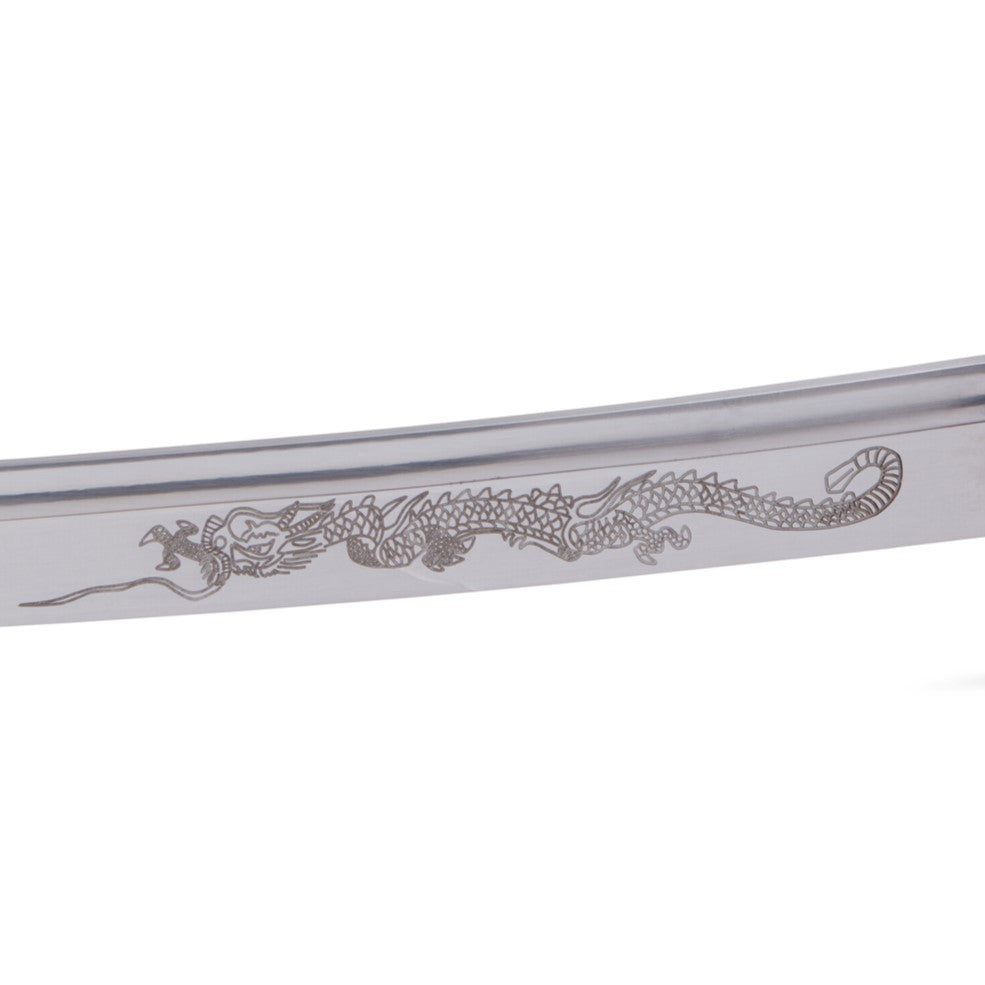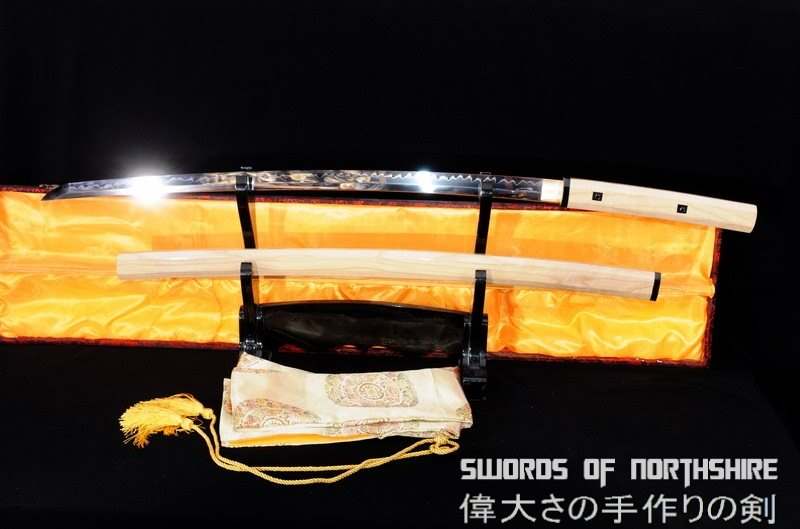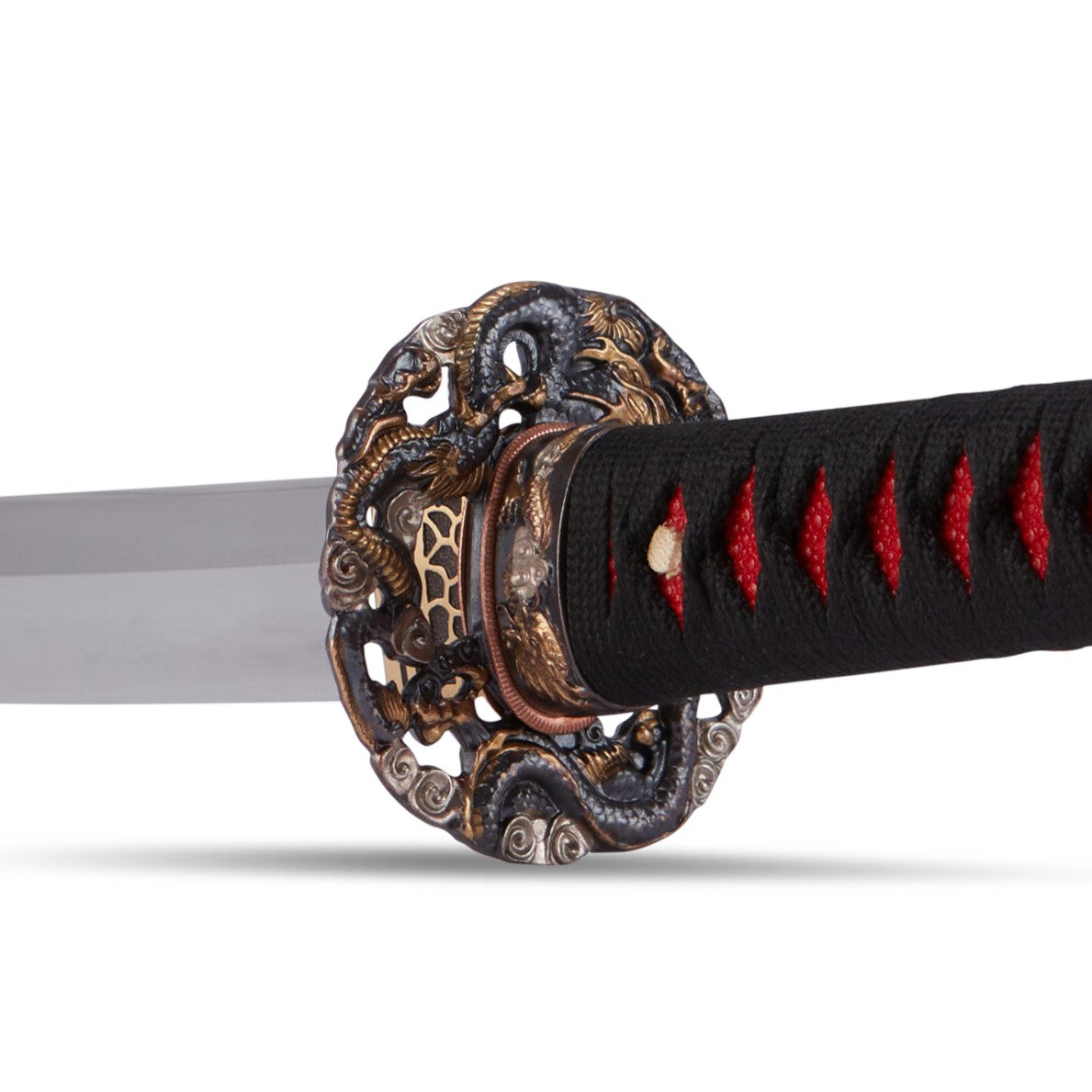How to Sharpen a Katana
Katana Sharpening Techniques
Japanese swords were sharpened and polished very intensively to ensure they performed to the best of their capabilities. Modern day sword masters claim that a properly polished sword created a perfect mirror finish that makes the blade look like it has disappeared when held at the correct angle. An opponent who cannot see your blade has a major disadvantage in battle!
At Swords of Northshire, we offer you the option of receiving your purchase sharpened or unsharpened. If you’re curious about our sharpening techniques or you want to keep your sword honed to a razor edge at home, our experts are here to provide an overview of the process. Read on now and learn how to sharpen a katana today!
Polishing vs Sharpening
In Japan, the technique of sharpening your katana is actually referred to as polishing. It is both a spiritual and artistic process that can take weeks — even when performed by a specialized craftsman. While sharpening the edge of your blade is part of the process, this polishing technique can also be used to minimize cracks and bring out the hamon line in a blade.
Polished by a Togishi
The sharpening of your katana is not typically completed by the craftsman who forged your blade, rather by a specialist called a Togishi. Because how you sharpen a katana is such an intensive process, a Togishi is specially trained for up to 10 years on how to use specific polishing stones called uchigumori, hazuya, jizuya, and migaki-bo. It can take a Togishi between two to three weeks to completely polish a blade to meet the highest standards of Japanese blade forging.
How to Sharpen a Katana
There are four basic steps to sharpening a samurai sword:
- Using a coarse uchigumori stone, the rough shaping work takes place. Scratches and rusting are worn away and removed completely.
- The blade is passed over a fixed stone and then progressively smaller and finer stones are used to remove the marks from the coarse stones.
- Hazuya stones are glued to washi paper and are used to grind away any microscopic scratches left by the previous polishing process.
- A Jizuya stone is held against the thumb, rubbing across the entire surface of the blade until it becomes thinner and thinner. It eventually wears away entirely.
At Home Sharpening
At Swords of Northshire, we recommend taking your blade to a professional for sharpening, but if you want to learn how to sharpen a katana at home, there are a few techniques you can use. Be prepared to spend a lot of time completing this process.
Materials You Need:
- 400 - 2,000 Grit Sandpaper
- 3-in-1 Oil
- A Piece of Board
Process:
- Tape the sandpaper to a board to mimic the placement of a Japanese whetstone.
- Place a small amount of oil in a line across the sandpaper.
- Start with the 400 grit sandpaper and move your blade uniformly towards you.
- Do not scrape back and forth, as this will sharpen and dull the blade in turn.
- After sharpening the entire blade, replace the 400 grit with 800 grit paper.
- Turn the blade on a slight diagonal and repeat the sanding process.
- Continue to the 1,000 grit paper and polish your blade on the other diagonal.
- Finish with the 2,000 grit paper, running the sword across the paper horizontally.
Sharpening at Swords of Northshire
If you want a highly polished blade, we recommend letting our experts handle it. Even if you know how to sharpen a katana, let an experienced blademaster keep your blade in great shape!
Best Sellers
- Regular Price
- from $199.99
- Sale Price
- from $199.99
- Regular Price
-
- Unit Price
- per
- Regular Price
- from $299.99
- Sale Price
- from $299.99
- Regular Price
-
$0.00
- Unit Price
- per
- Regular Price
- from $619.99
- Sale Price
- from $619.99
- Regular Price
-
- Unit Price
- per
- Regular Price
- from $179.99
- Sale Price
- from $179.99
- Regular Price
-
- Unit Price
- per
- Regular Price
- from $319.99
- Sale Price
- from $319.99
- Regular Price
-
- Unit Price
- per
- Regular Price
- from $339.99
- Sale Price
- from $339.99
- Regular Price
-
- Unit Price
- per
- Regular Price
- from $219.99
- Sale Price
- from $219.99
- Regular Price
-
- Unit Price
- per
- Regular Price
- from $199.99
- Sale Price
- from $199.99
- Regular Price
-
- Unit Price
- per
- Regular Price
- from $364.99
- Sale Price
- from $364.99
- Regular Price
-
- Unit Price
- per
- Regular Price
- from $479.99
- Sale Price
- from $479.99
- Regular Price
-
$0.00
- Unit Price
- per


